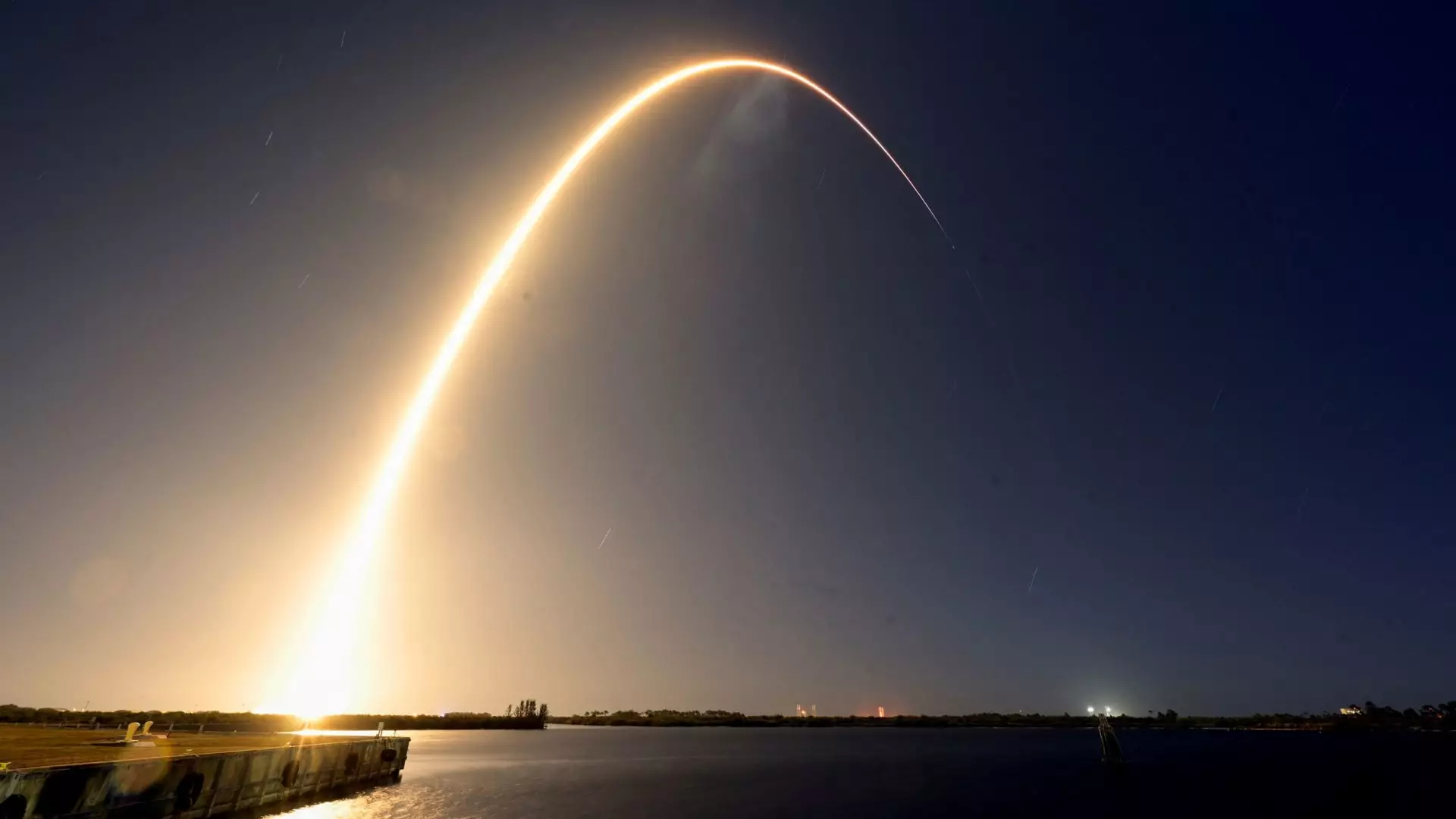In an era marked by ambitious advancements in space exploration, Texas-based Firefly Aerospace is making significant strides towards its lunar objectives. The company recently launched its “Blue Ghost” lunar lander aboard a SpaceX Falcon 9 rocket, initiating a 45-day journey to the moon. This marks Firefly’s inaugural venture into lunar missions, demonstrating its dedication to becoming a key player in the emerging market for lunar services spearheaded by NASA.
Firefly Aerospace’s “Blue Ghost” lander stands as a testament to the company’s evolution beyond its well-known Alpha rockets, which have primarily focused on satellite launches. With a height of nearly 7 feet, the Blue Ghost is not just a technological marvel but also a vital tool in fulfilling a NASA contract worth $101 million. This mission is not only about transporting cargo; it embodies a broader commitment to support lunar exploration, as evidenced by carrying 10 government and commercial payloads. CEO Jason Kim highlighted the company’s emphasis on meticulous execution, underscoring the importance of not just reaching the moon, but doing so in a manner that sets a precedent for future missions.
The launch is part of NASA’s Commercial Lunar Payload Services (CLPS) initiative, which aims to facilitate frequent deliveries of science and commercial payloads to the lunar surface. This program is intricately linked to NASA’s Artemis crew program, which aspires to return humans to the moon and establish a sustainable presence there. Firefly’s mission represents the third endeavor under CLPS, furthering the program’s goal to encourage private sector involvement in space exploration. Significant competition exists among companies like Astrobotic and Intuitive Machines, which attempted lunar missions last year, showcasing both the challenges and potential of this lucrative market.
As the Blue Ghost embarks on its lunar adventure, Firefly has strategically outlined 17 critical milestones that pave the way for successful completion of the mission. With five of those milestones achieved prior to the landing, including launch and orbital testing, the company remains optimistic about its trajectory. The targeted landing location in Mare Crisium—a well-researched lunar basin—provides a promising site for scientific exploration. Upon successful touchdown, Firefly plans to maximize the mission’s duration by operating the lander throughout the lunar day and even extending its functionality into the lunar night, a feat that tests the resilience and adaptability of the technology involved.
The recent launch was not solely dedicated to Firefly’s Blue Ghost, as another lunar lander from the Japanese company ispace also hitchhiked aboard the Falcon 9 rocket. This collaboration highlights the value of rideshare agreements in the current space landscape, enabling companies to share costs and resources while enhancing their capabilities. ispace’s second mission aims to recover from the setbacks experienced in its inaugural attempt, drawing attention to the rapid pace of innovation and experimentation in lunar exploration.
As Firefly Aerospace embarks on this pioneering mission, it is clear that we stand on the brink of a new era in lunar exploration. With NASA anticipating as many as five U.S. companies launching lunar landing missions in the upcoming years, the landscape is evolving. The emphasis on public-private partnerships and commercial involvement marks a significant shift in how humanity approaches lunar exploration. The successes and learning experiences from missions like Blue Ghost will undoubtedly carve a path for future endeavors, thus expanding our curiosity and commitment to exploring celestial realms beyond Earth.
Firefly Aerospace’s strategic moves signify not just a leap for the company, but a significant stride in humanity’s quest for knowledge and presence on the Moon. As the mission unfolds, it will provide invaluable insights that could shape the narrative of space exploration for years to come.

